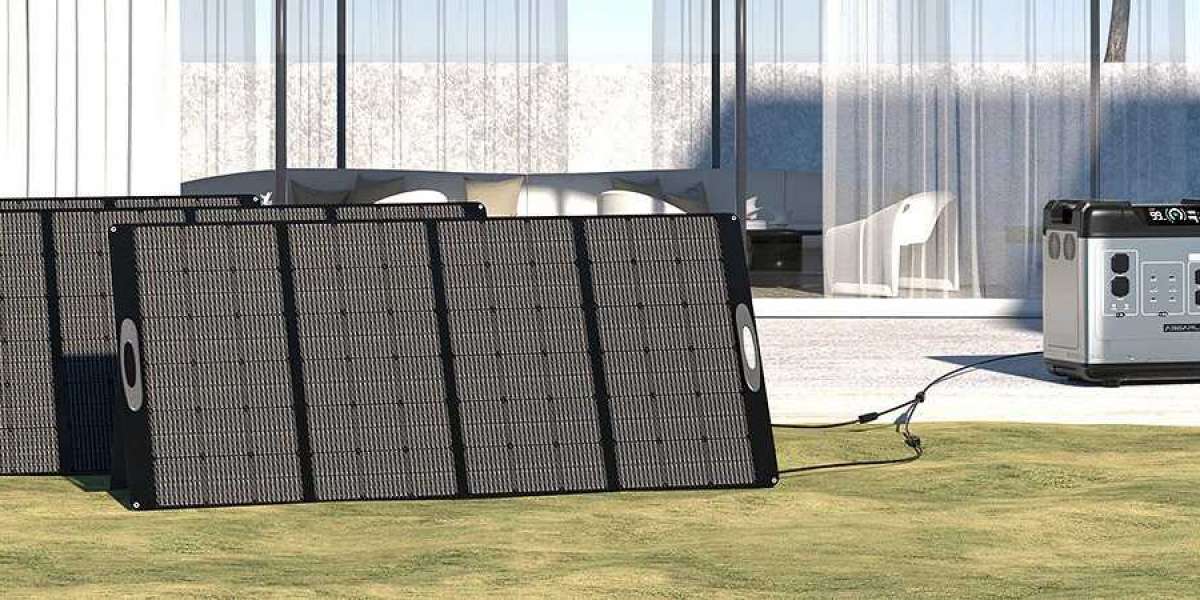Solar generators are a valuable resource for providing power in remote locations where access to traditional electricity sources is limited or non-existent. Whether you're camping, working off-grid, or living in a rural area, choosing the right solar generator can make a significant difference in your power needs. This article highlights the best solar generators for use in remote locations, considering factors like battery capacity, portability, ruggedness, and versatility.
1. Goal Zero Yeti 6000X
- Battery Capacity: 6,071Wh
- Output Power: 2,000W (4,000W surge)
- Key Features:
- High Capacity: Provides ample power for extended use in remote locations.
- Versatile Outputs: Includes AC, DC, and USB ports for various devices.
- Expandable Battery: Can be connected to additional batteries for increased capacity.
- Durability: Built to withstand harsh conditions with a robust design.
Pros:
- Large capacity suitable for powering multiple devices and appliances.
- Expandable for additional power needs.
Cons:
- Higher cost and relatively heavy, which may affect portability.
2. Jackery Explorer 2000 Pro
- Battery Capacity: 2,160Wh
- Output Power: 2,200W (4,400W surge)
- Key Features:
- Portable Design: Lightweight and easy to transport, ideal for remote areas.
- Fast Charging: Quick recharge via solar panels, AC, or car.
- Multiple Ports: Offers AC, DC, and USB outputs for diverse power needs.
Pros:
- High power output and rapid recharging capability.
- Portable and user-friendly design.
Cons:
- Limited battery capacity compared to larger models.
3. EcoFlow Delta Pro
- Battery Capacity: 3,600Wh
- Output Power: 3,600W (7,200W surge)
- Key Features:
- High Output: Suitable for powering larger appliances and equipment.
- Expandable: Can be connected to additional batteries for extended power.
- App Control: Allows remote monitoring and management.
Pros:
- High capacity and output for demanding power needs.
- Expandable for increased capacity.
Cons:
- Higher price point and larger size.
4. Bluetti AC200P
- Battery Capacity: 2,000Wh
- Output Power: 2,000W (4,800W surge)
- Key Features:
- Durable Build: Designed for rugged use and various weather conditions.
- Efficient Charging: Can be recharged via solar panels, AC, or car.
- Multiple Outputs: Includes AC, DC, and USB ports.
Pros:
- Affordable and well-rounded for remote use.
- Durable and versatile with multiple output options.
Cons:
- May not provide enough power for very high-demand applications.
5. Renogy Lycan Powerbox
- Battery Capacity: 2,000Wh
- Output Power: 1,800W (3,600W surge)
- Key Features:
- Rugged Design: Built to handle tough environments and outdoor conditions.
- Multiple Outputs: Includes AC, DC, and USB ports.
- Efficient Recharge: Can be charged via solar panels or AC.
Pros:
- Durable and reliable for harsh environments.
- Adequate power capacity for most remote applications.
Cons:
- Lower output power compared to high-capacity models.
6. Maxoak Bluetti AC50S
- Battery Capacity: 300Wh
- Output Power: 300W (600W surge)
- Key Features:
- Compact and Portable: Lightweight and easy to carry, ideal for short trips or small power needs.
- Versatile Ports: Includes AC, DC, and USB outputs.
- Fast Charging: Can be quickly recharged via solar panels or AC.
Pros:
- Portable and affordable for light use.
- Convenient for small power needs in remote locations.
Cons:
- Limited capacity and output power.
Key Considerations for Choosing a Solar Generator for Remote Locations
- Battery Capacity: Choose a generator with sufficient capacity to meet your energy needs for the duration of your stay in a remote location. Larger capacities provide longer use times.
- Portability: Consider the weight and size of the generator, especially if you need to transport it over long distances or rugged terrain.
- Durability: Opt for models designed to withstand harsh environmental conditions such as extreme temperatures, humidity, or dust.
- Output Power: Ensure the generator can handle the wattage requirements of your devices and appliances. Check both running and surge power ratings.
- Charging Speed: Evaluate how quickly the generator can be recharged from solar panels or other sources to ensure you can maintain a steady power supply.
- Ease of Use: Look for generators with user-friendly controls and features like app integration for remote monitoring.
Conclusion
Selecting the best solar generator for use in remote locations involves balancing capacity, portability, durability, and power output. Models like the Goal Zero Yeti 6000X, Jackery Explorer 2000 Pro, EcoFlow Delta Pro, Bluetti AC200P, Renogy Lycan Powerbox, and Maxoak Bluetti AC50S offer various features to meet different needs. By understanding your specific requirements and evaluating the available options, you can choose a solar generator that provides reliable and efficient power for your remote adventures.







